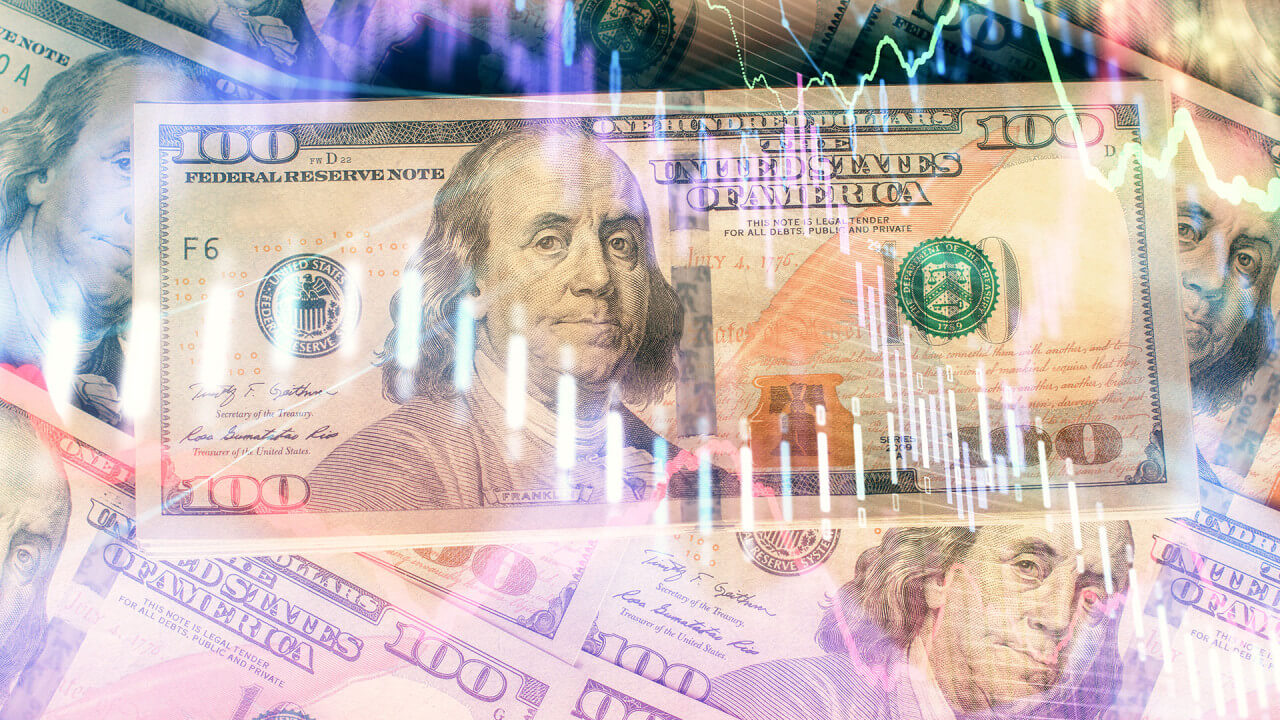

At the time, Trump’s protectionist policies were seen as a positive catalyst for the dollar, and the Federal Reserve was expected to extend its restrictive monetary policy to counter the potentially inflationary effects of Trump’s proposed tariffs.
On the local currency side, the peso weakened in response to fears of declining trade with (and dollar flows from) the US, which accounts for 10 percent of our total trade or roughly equivalent to our entire combined trade value with our ASEAN neighbors.
The market also priced in a potentially tighter interest rate differential between the Philippines and the US, further fueling the peso’s depreciation.
On the local equities side, the increased global policy uncertainty coupled with a weak currency fueled a more than 1,400-point drop, which sent the PSE index down from the 7,600 level to 6,200.
Currency fear unwarranted?
On March 21, we published a note to our clients highlighting a significant improvement in Bloomberg Data forecasts for the PHP/$ exchange rate, with 2025 conversion estimates going down by an average of P1.4 per dollar—from P59.9 to P58.5.
This continued to be the case for 2026 and 2027 as well, with estimates coming down by P0.60 per dollar and P1 per dollar for each year, respectively. The more optimistic forecasts come as a result of increasing uncertainty over the economic health of the US, alongside an improving inflation outlook for the Philippines.
Trend shift
As of this writing, the exchange rate is pegged at P57.382 per dollar, and we are starting to see local companies looking to get a piece of the action as they shift their focus toward the issuance of dollar-denominated debt instruments.
An example of this would be Jollibee Foods Corporation (JFC), which recently priced a $300-million 5-year senior unsecured guaranteed note with a coupon rate of 5.332 percent.
What’s in it for them?
This benefits companies with outsized dollar-denominated expenses, as the favorable exchange rate results in better margins and earnings. A notable company with significant exposure to the dollar would be GT Capital Holdings, Inc. (GTCAP), specifically their automotive segment Toyota Motors Philippines (TMP).
We note that Toyota’s vehicle sales mix for FY24 was composed of 72 percent CBU (Completely Built Units), wherein costs are mainly denominated in $ or yen. Even TMP’s locally assembled vehicles are made using a combination of imported and local parts. Additionally, 30.2 percent or P13.2 billion of their accounts payable as of end-2023 are also dollar-denominated.
Lastly, as we take a deeper look at their annual report’s foreign currency risk section, it shows that the company’s earnings have an inverse relationship with the dollar exchange rate—with every P1 per dollar decrease in the forex rate resulting in a P124-million increase in income before taxes—lending strength to our narrative about the conglomerate’s sensitivity to the greenback.
Room for expansionary policies
We also note that this is not only beneficial for companies with dollar exposure but also for the equity market as a whole.
A stronger peso effectively gives the Bangko Sentral ng Pilipinas more room to cut rates in upcoming monetary policy meetings, potentially bringing demand back to the local bourse.
Moving forward, we see continued peso strength as an additional driver that could push the stock market higher—alongside benign inflation and a sustained string of wage hikes.